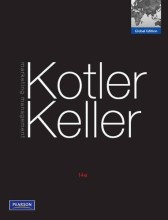Behavioral theory of the firm
10 important questions on Behavioral theory of the firm
Reminder: Standard Economic Theory’s model of Firms (3)
Firms’ actions are only determined by inputs/outputs prices, not by managers or employees
Firms are viewed as holistic entities, i.e.,
a single unified entity
everyone in the firm will work towards the same goal: profit maximization
Firms (as markets) are efficient mechanisms to transform inputs into outputs
Reminder: SET’s model of Organizational Decision making (4)
Firms (and individuals working within firms) enjoy perfect information and certainty about environmental outcomes
Firms can easily choose the optimal solution for each problemBy definition, this solution is the same for all firms
Firms have no individual strategy
Research question theory of behavior of firm:
- Higher grades + faster learning
- Never study anything twice
- 100% sure, 100% understanding
1 What are firms? Behavioral theory
Participants input and output? nature of firm
2 Organizational goals: objectives in set and btf (3)
3 Information available set btf
4 organizational choice set btf (5)
5 impact on structures set btf
BTF implications on management of firm(4)
The question on the page originate from the summary of the following study material:
- A unique study and practice tool
- Never study anything twice again
- Get the grades you hope for
- 100% sure, 100% understanding
































